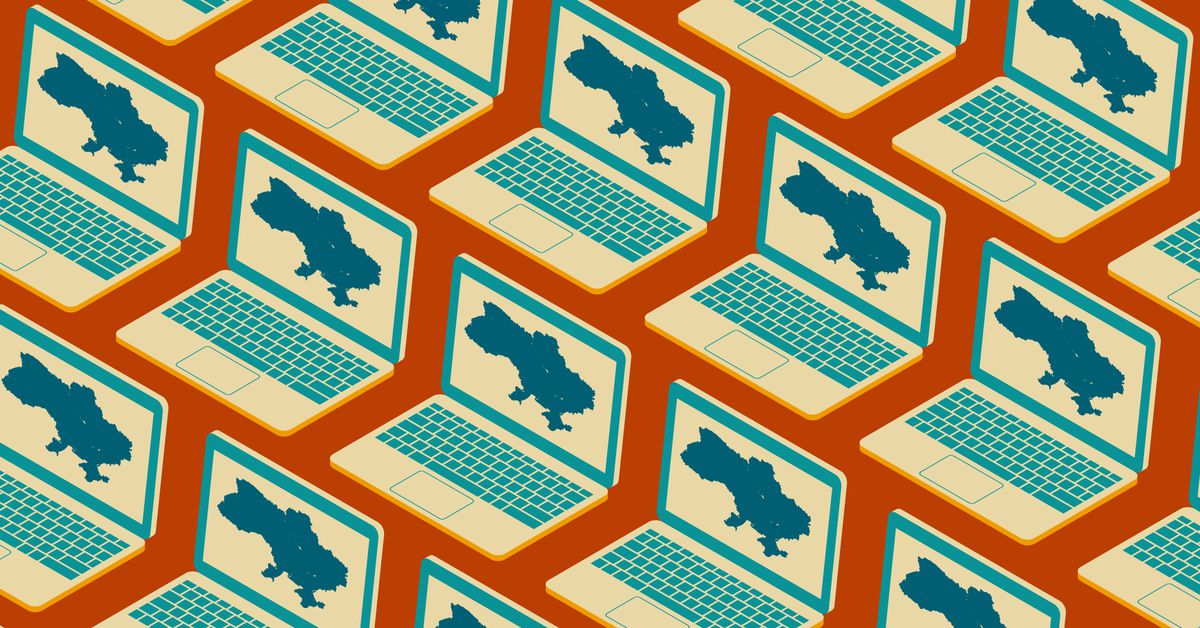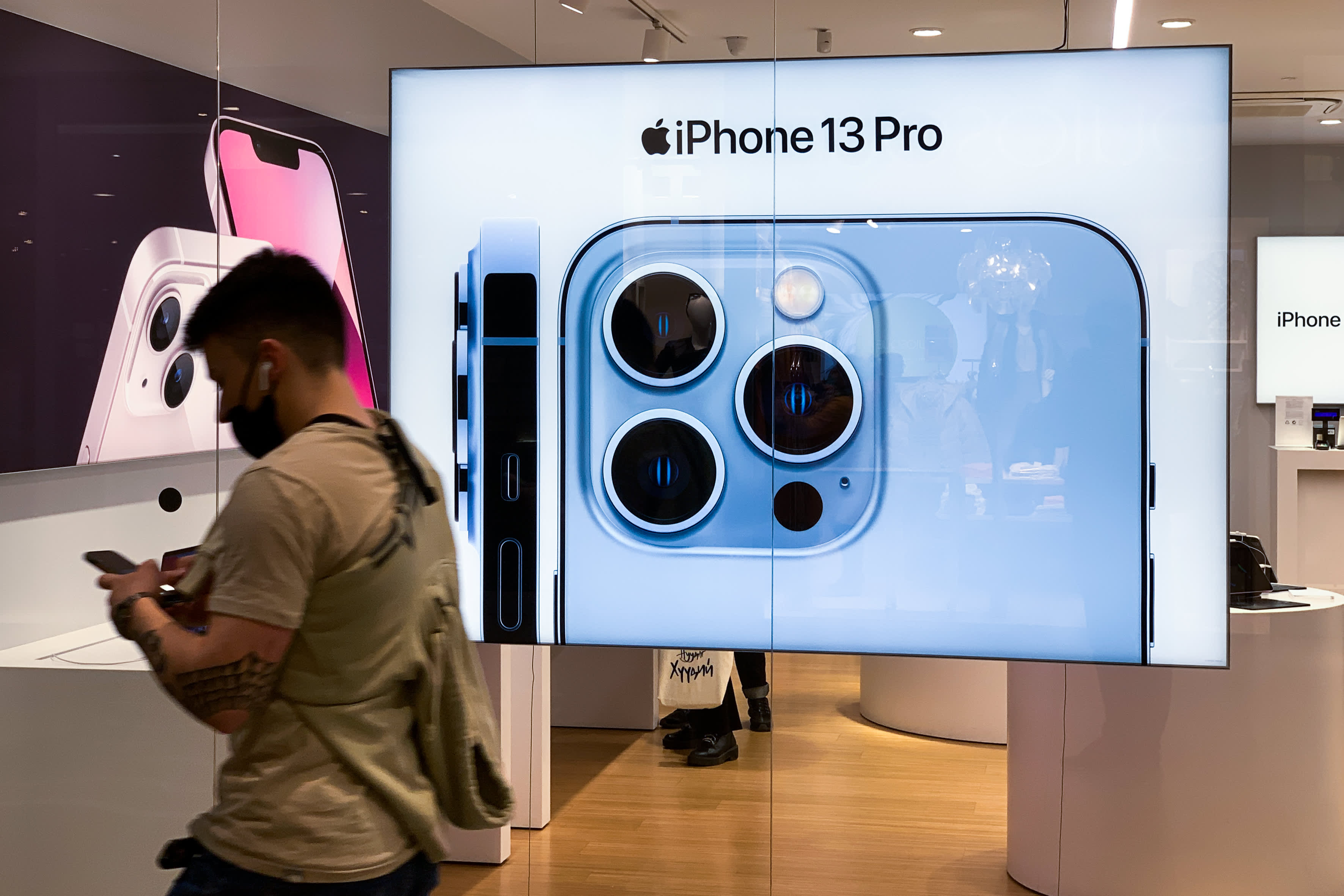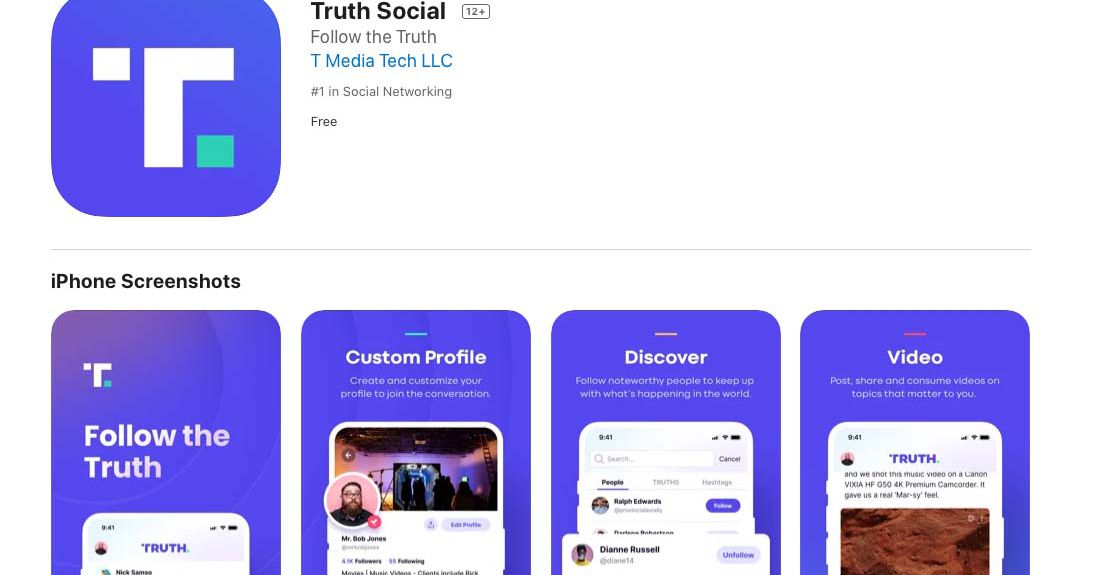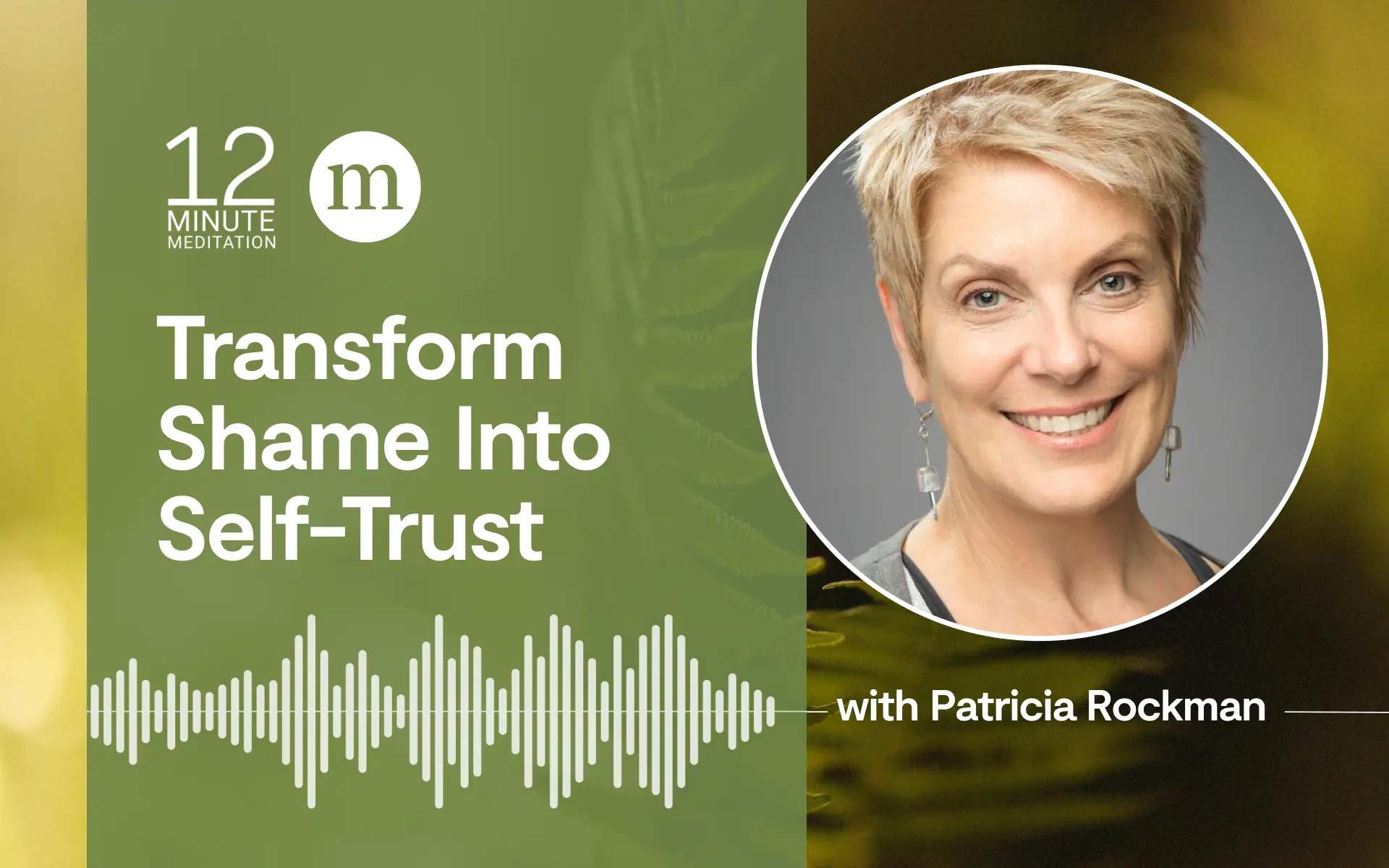Telehealth visits now available through Amazon Alexa
Photo by Dan Seifert / The VergeAmazon customers can now connect with healthcare providers through Echo devices, the companies announced today. The service is provided by telemedicine company Teladoc, one of the largest telemedicine companies in the United States....

Amazon customers can now connect with healthcare providers through Echo devices, the companies announced today. The service is provided by telemedicine company Teladoc, one of the largest telemedicine companies in the United States.
Customers can connect with Teladoc by saying “Alexa, I want to talk to a doctor.” They’ll get a call back on their device from a Teladoc doctor. The service is only for non-emergency visits, like allergies or flu symptoms. At this point, visits are audio-only, but video visits are “coming soon,” according to a press release.
“Whether they’re taking care of their sick child in the middle of the night or wanting to ask a doctor about allergy symptoms in between meetings during the day, we hope this experience will help customers find the convenient help they want from the comfort of their own home,” Debra Chrapaty, vice president and chief operating officer at Amazon Alexa, said in a statement.
In the initial screening call, Teladoc will collect medical history and insurance information from customers, spokesperson Marguerite Pinheiro said in an email to The Verge. Visits will be $75 for users without insurance. For people with insurance, costs will vary; under some plans, the call could be free.
The announcement is part of Amazon’s continued expansion into healthcare. The company has its own telehealth service, Amazon Care, which was initially available to Amazon employees and has since been expanded to other companies. It also launched an elder care service in December that connects with an emergency hotline and can pair with fall detection hardware.
Use of telemedicine spiked at the start of the COVID-19 pandemic as healthcare organizations rapidly transitioned away from in-person care. It started to drop off during 2021, but more people are still using it than they were pre-pandemic.

 Lynk
Lynk 
































